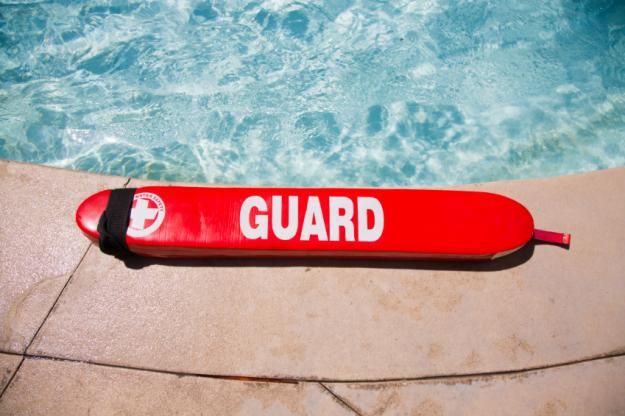Lifeguards are often seen as the guardians of our beaches and pools, but their role goes far beyond keeping a watchful eye on swimmers. They are trained professionals who are ready to respond to emergencies at a moment’s notice life guard. In this post, we’ll explore some real-life stories that highlight the critical skills and quick thinking that lifeguards employ when faced with life-threatening situations.

The Day of the Riptide
One summer day at a bustling beach, lifeguard Sarah noticed a commotion in the water. A group of teenagers was struggling against a powerful riptide. Recognizing the danger, she quickly sounded the whistle to alert her fellow lifeguards while assessing the situation. Without hesitation, she grabbed her rescue buoy and dove into the waves.
The strong current pulled the swimmers farther from shore, but Sarah’s training kicked in. She swam out to the nearest swimmer, ensuring she remained calm and focused. Once she reached him, she instructed him to hold onto the buoy while she used her powerful strokes to pull them both back to safety.
Meanwhile, her colleagues had deployed additional rescue personnel to assist the others. Thanks to their coordinated efforts, all the teenagers were rescued without serious injury. Sarah’s swift action and decisive leadership not only saved lives but also demonstrated the importance of teamwork in emergency situations.
A Near-Drowning at the Pool
In a crowded public pool, lifeguard Jake noticed a young girl at the bottom of the deep end. Panic surged through him, but his training took over. He signaled to his team, jumped in, and swam down to her.
After pulling the girl to the surface, Jake immediately began assessing her condition. She was unresponsive and not breathing. He quickly initiated CPR, alternating between chest compressions and rescue breaths. Within moments that felt like an eternity, the girl coughed and began to breathe again.
While the paramedics arrived, Jake kept her calm and monitored her condition. His quick actions and thorough knowledge of first aid made all the difference, allowing the girl to recover fully.
The Power of Observation
Sometimes, emergencies can be averted through keen observation. At a quiet beach, lifeguard Emma noticed a family setting up a picnic close to the water’s edge. She had a nagging feeling and decided to keep an eye on them.
Shortly after, a toddler wandered away from his family and began splashing in the shallow water. Emma, sensing the potential danger, swiftly alerted the parents and guided the child back to safety. They hadn’t even realized he had slipped away. Emma’s vigilance not only prevented a possible drowning but also reinforced the importance of parental supervision around water.
Training Makes All the Difference
These stories highlight the intense training lifeguards undergo, from swimming and first aid to emergency response protocols. Lifeguards must remain calm and composed, often in high-pressure situations. They are trained to assess risks quickly, communicate effectively, and work seamlessly as a team.
Conclusion
Lifeguards are more than just watchful eyes at the pool or beach; they are trained professionals who are prepared for the unexpected. The stories of Sarah, Jake, and Emma remind us of the critical role they play in ensuring our safety. Next time you’re at the water, take a moment to appreciate the lifeguards on duty. Their dedication, training, and quick thinking can mean the difference between life and death. So whether you’re enjoying a day at the beach or a relaxing afternoon at the pool, remember to stay safe—and never hesitate to reach out to your lifeguards if you need help!
